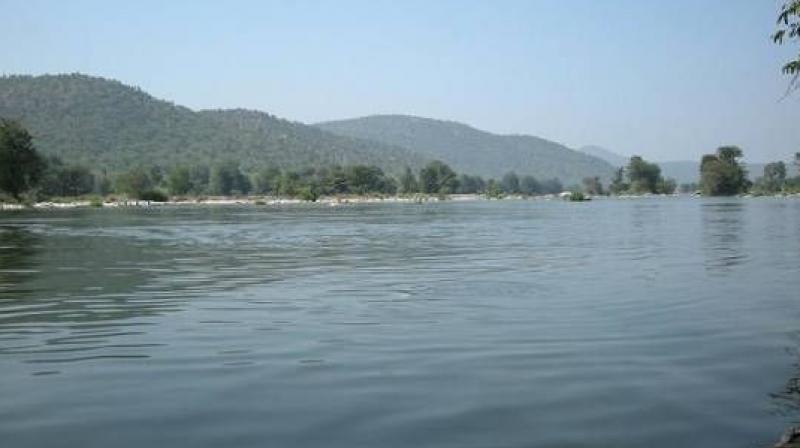Hyderabad: Over 3,000 water bodies disappear in 2 decades

Hyderabad: The government’s decision to convert all water bodies covering less than 10 hectares of land to residential and commercial zones has led to the extinction of more than 3,000 water bodies in the city from the 1990s to mid-2000s. While the government’s move saw a real estate boom in the mid-2000s, water bodies numbered to mere 185 within Greater Hyderabad Municipal Corporation (GHMC) limits.
The Hyderabad Urban Development Authority (HUDA) master plan of 1995 provides particulars of 169 lakes of 10 hectares and above, covering an area of approximately 90.56 sq km. While 62 lakes are fully owned by the government, 25 are under private and 82 are under joint government-private ownership. As per norms, the entire area within the full tank level must be kept free from all constructions, irrespective of ownership or any land use or master/zonal development plans.
Nevertheless, there are several instances of permissions given by HUDA itself for residential colonies on lakebeds. Again, plenty of beautification work carried out by HUDA (under the aegis of Buddha Purnima Project Development Authority) around Hussainsagar could be considered a serious violation of its own notification.
However, after the formation of the Hyderabad Metropolitan Development Authority (HMDA) in 2010, of the 501 lakes identified in 2010 under the erstwhile HUDA (now Municipal Administration and Urban Development or MA&UD and Greater Hyderabad Municipal Corporation or GHMC), 415 lakes were with the Irrigation and Command Area Development (I&CAD) Department . Of those 415, 16 water bodies were retained by I&CAD, while 399 were transferred to the MA&UD/GHMC jurisdiction. In seven years, the total number of lakes has been reduced to just 185.
According to documents commissioned by the erstwhile Nizams, there are over 60,000 lakes in Telangana. Sources say since the documents were written in Urdu, they have been preserved in the Archives Department. If the documents can be translated, they would of great help in identifying full tank levels of lakes and aid their restoration.

